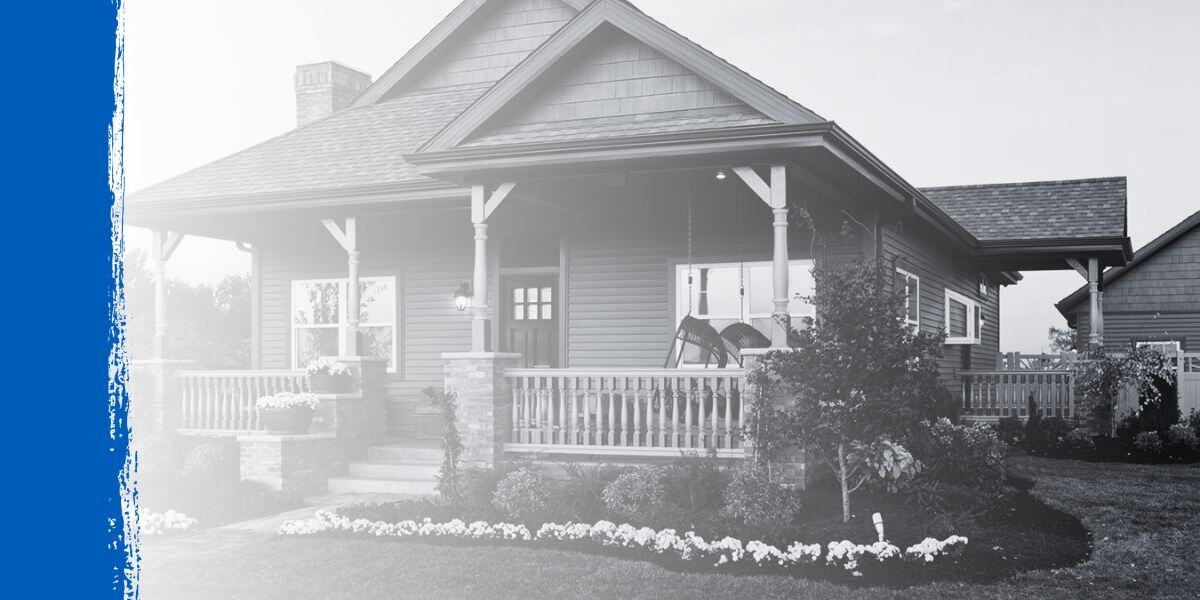Exterior siding is a building's first line of defense. However, the wind, rain, and snow can damage insulation, timber, metal fasteners, and even concrete foundations over time. The climate varies enormously across the U.S., so it's essential to choose a siding material robust enough to last for many years in the local conditions.
In this article, we'll help you to choose the best exterior siding for Midwest weather, including the factors you should keep in mind and five siding materials ideal for homes throughout the region.
The Changeable Midwest Climate
The Midwest covers a large area, and the climate differs from north to south and east to west, depending on local geography. The south tends to be drier and sunnier, while the north is prone to harsh winters. When choosing siding, the first step is to research the climate conditions in the construction area.
Summer highs reach the 90s°F, and winter lows drop well below freezing. Rainfall varies across the region, but you can expect rain year-round in many areas. The winter cold turns rain into snow. Drier southern areas receive 20–40 inches of snow each year, and the cold climates of the Great Lakes regions receive over 100 inches on average.
The frequent hailstorms in the spring and summer are particularly noteworthy. Large hailstones can chip, crack, and dent siding materials, so choosing an impact-resistant material is vital.
Factors to Consider When Choosing Siding
Weather Resistance
As we've said, weather resistance should be a priority. Look for siding materials capable of shedding rain and snow and resisting damage from freeze-thaw cycles, which can crack siding or loosen it from its fixings. Pick a material that doesn't become brittle, warp, or crack in cold weather.
Impact and Wind Resistance
Impact resistance protects against hail and limits damage from flying storm debris. In the Midwest, storms with high winds are frequent, and you'll need durable, weighty siding firmly fixed to the house's structure.
Moisture and Humidity Resistance
Siding should be moisture-resistant to prevent rot, mold, and mildew. High humidity levels and frequent precipitation lead to moisture seeping into the siding. The material can swell and warp, promoting the growth of mold and mildew. Moisture-resistant siding acts as a water-repellant barrier.
Energy Efficiency
Siding is important in properly insulating the home and maintaining comfortable temperatures. Many siding materials are not good insulators on their own, so it's worth looking for siding products with added insulation layers that can be installed with an insulating underlayment.
Five Siding Options Ideal for the Midwest Clients
Vinyl Siding
High-quality vinyl siding is one of the most popular options in the Midwest due to its durability, affordability, and low maintenance requirements. Modern vinyl siding is engineered to withstand impact from hail and debris and to resist moisture penetration. Look for options with rigid EPS foam backing for improved insulation.
Fiber Cement Siding
Fiber cement siding offers excellent durability and weather resistance. Made from a blend of wood pulp, cement, and sand, it withstands harsh Midwest winters and humid summers. It's non-combustible, resists rot and insects, and can mimic the look of wood siding.
Engineered Wood
Engineered wood siding, also called composite siding, is made from wood fibers and resin compressed and bonded into boards or shakes. It looks like traditional wood siding but is less expensive, stronger, and less prone to warping, splitting, and rotting. Engineered wood is treated to resist moisture, rot, and insect damage.
Metal Siding
Metal siding is an increasingly popular option in the Midwest. Steel siding is made from galvanized steel coated with zinc to prevent rusting and corrosion. It is very strong and can withstand impact from hail, flying debris, and other hazards common in the Midwest. It's also resistant to moisture, rot, and insect damage, making it the minimal-maintenance choice. Aluminum siding is a lower-cost option well-suited to many parts of the Midwest.
Brick and Stone Siding
Consider brick or stone veneer siding for the ultimate weather and impact resistance. They are highly resistant to snow and hail, and they last the lifetime of the home with minimal upkeep. While heavy and more costly to install than other siding materials, brick and stone provide timeless beauty and excellent protection from Midwest weather extremes.
Source Midwest Exterior Siding from LS Building Products
LS Building Products is the trusted wholesale supplier of construction materials to contractors and homeowners across Central Illinois. Visit one of our East Peoria, Champaign, Pontiac, or Springfield locations for friendly advice and a vast range of exterior siding.
.png?width=98&height=67&name=Logo%20(13).png)
 The Best Exterior Siding Options for Midwest Weather" loading="lazy">
The Best Exterior Siding Options for Midwest Weather" loading="lazy">

.png)



